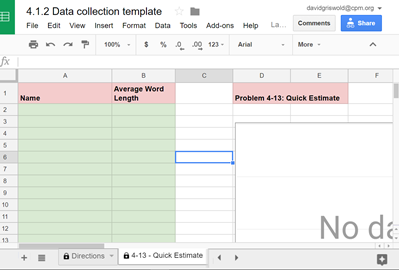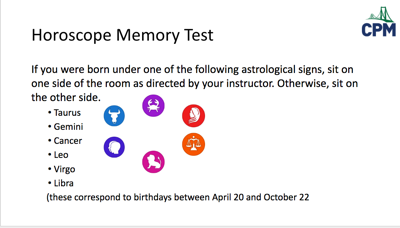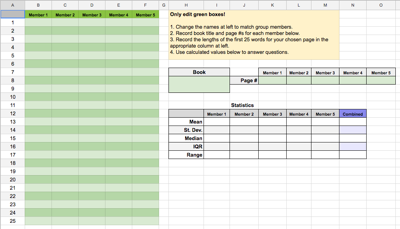Supporting Documents
Sample AP Syllabus
College Board approved!
This very detailed syllabus includes some basic information about the course followed by a detailed breakdown of each section in the text (except for the optional Chapter 13), including descriptions of some possible projects that fall outside of the textbook structure. Use this as a starting point for your own syllabus. It has been approved as written by the College Board for the AP Course Audit process.
AP Statistics Free Response Problem List
Aligned with CPM Statistics textbook
This spreadsheet lists every publicly available AP Free Response problem since 2005 (available at AP Central), briefly describes the topics in them, and shows which CPM chapter students will need to have completed to do the problem. Though some problems are specifically recommended in the text, this larger list may also be helpful.
Lesson 4.1.2 data collection template

Instructions for use are on the first page of the spreadsheet.
Lesson 4.2.1 - Memory Test Slides

Several versions of the slides for lesson 4.2.1 are provided below as Google Slides (which are easily exportable to other formats.) They are very minimal - it may be worth the time to personalize them for your classroom and personality!
- First Word List
- Second Word List
Lesson 10.3.3 data collection template

Instructions for use are on the first page of the spreadsheet.